Filter News
Area of Research
- (-) Materials (59)
- Advanced Manufacturing (2)
- Biological Systems (7)
- Biology and Environment (4)
- Building Technologies (2)
- Clean Energy (60)
- Climate and Environmental Systems (3)
- Computational Biology (3)
- Computer Science (1)
- Energy Frontier Research Centers (1)
- Energy Sciences (3)
- Fossil Energy (1)
- Fuel Cycle Science and Technology (1)
- Fusion Energy (1)
- National Security (2)
- Neutron Science (28)
- Nuclear Science and Technology (14)
- Nuclear Systems Modeling, Simulation and Validation (1)
- Sensors and Controls (2)
- Supercomputing (33)
- Transportation Systems (2)
News Type
News Topics
- 3-D Printing/Advanced Manufacturing (2)
- Bioenergy (1)
- Biomedical (3)
- Composites (2)
- Computer Science (1)
- Energy Storage (1)
- Fusion (1)
- Grid (1)
- Isotopes (5)
- Materials Science (7)
- Microscopy (4)
- Nanotechnology (6)
- Neutron Science (3)
- Nuclear Energy (2)
- Physics (4)
- Polymers (3)
- Space Exploration (1)
- Transportation (1)
Media Contacts
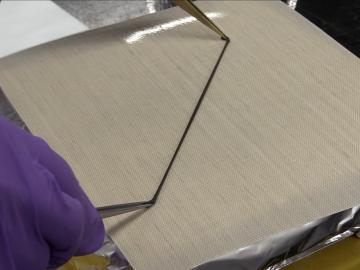
A novel approach that creates a renewable, leathery material—programmed to remember its shape—may offer a low-cost alternative to conventional conductors for applications in sensors and robotics. To make the bio-based, shape-memory material, Oak Ridge National Laboratory scientists streamlined a solvent-free process that mixes rubber with lignin—the by-product of woody plants used to make biofuels.
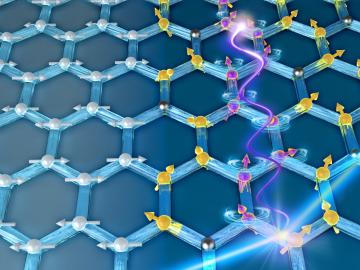
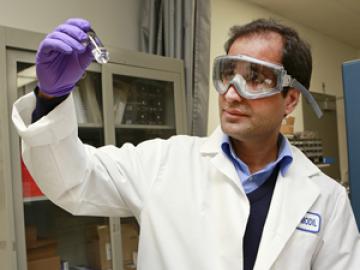

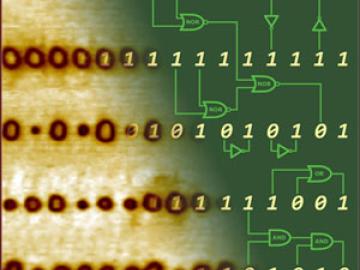
Unexpected behavior in ferroelectric materials explored by researchers at the Department of Energy’s Oak Ridge National Laboratory supports a new approach to information storage and processing.
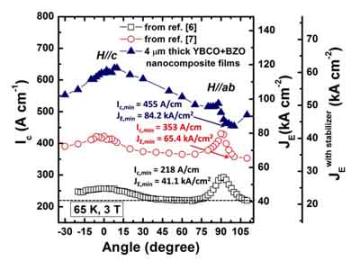
Better batteries, catalysts, electronic information storage and processing devices are among potential benefits of an unexpected discovery made by Oak Ridge National Laboratory scientists using samples isolated from the atmosphere.

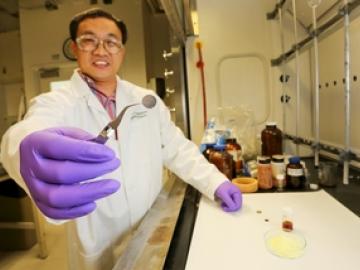
Scientists at the Department of Energy's Oak Ridge National Laboratory have designed and tested an all-solid lithium-sulfur battery with approximately four times the energy density of conventional lithium-ion technologies that power today's electronics.




